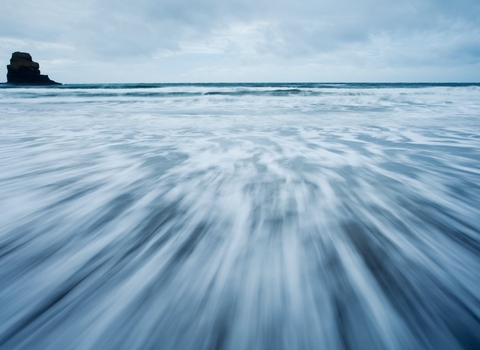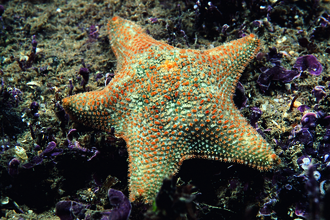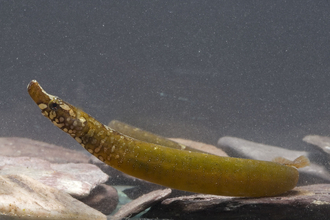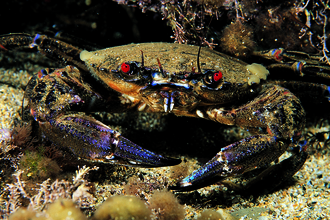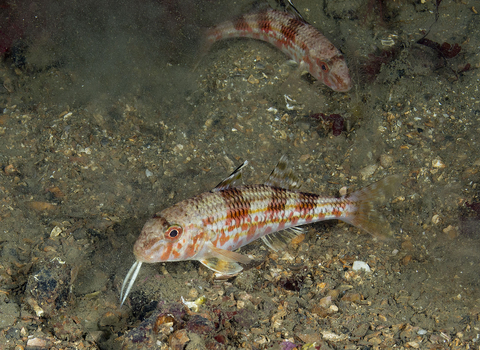
Red mullet by Paul Naylor
Red mullet
A strikingly beautiful fish, it is not hard to see where the ‘red’ mullet gets its name from!
Scientific name
Mullus surmuletusWhen to see
January - December.Species information
Statistics
Up to 40cm, but usually much smaller.Conservation status
IUCN Least Concern, but more research required.


